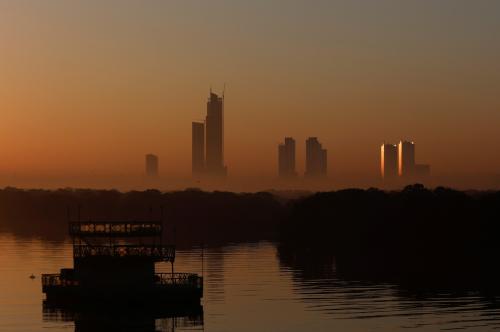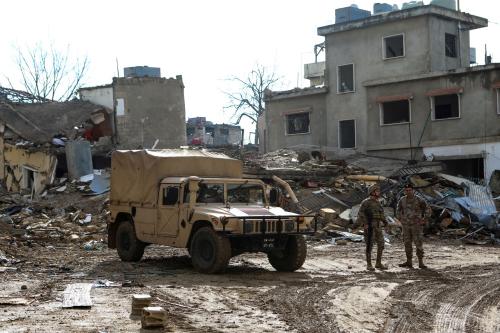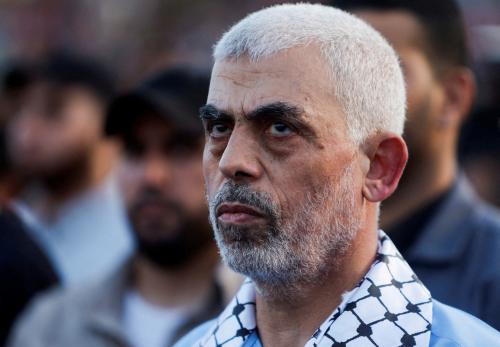“The New Children of Terror” is a chapter in The Making of a Terrorist, James Forest, ed. (Praeger, 2005)
Terrorism, it is said, is the “weapon of the weak.” But while our conception of warfare is often an assumption of men in uniform fighting for the political cause of their nation–states, it is a misnomer. The reality of contemporary conflict is that increasingly it has pulled in the “weak” of society, most specifically children, both as targets and participants. Although there is global consensus (based on moral grounds) against sending children into battle, this terrible practice is now a regular facet of contemporary wars. There are some 300,000 children (both boys and girls) under the age of 18 presently serving as combatants, fighting in almost 75 percent of the world’s conflicts; 80 percent of these conflicts where children are present include fighters under the age of fifteen.2
Thus, while it may be disturbing, it should be no surprise that children are also present in the dark terrorist domain of modern global conflict. As on the world’s battlefields, children are increasingly present in terrorist groups. Many of these groups have long had “youth wings” to provide broader support in the populace, but now youths are increasingly being used in actual operations to strike at targets behind the battle lines. This occurs for the same fundamental reasons that children are now on the battlefields: Children offer terrorist group leaders cheap and easy recruits, who provide new options to strike at their foes.
With the global war on terrorism, children’s role in this aspect of war should take on added importance to Americans. Captured al Qaeda training videos reveal young boys receiving instruction in the manufacturing of bombs and the setting of explosive booby traps. The very first U.S. serviceman to die in Afghanistan was shot by a fourteen-year-old sniper. At least six young boys between the ages of thirteen and sixteen have been captured by U.S. forces in Afghanistan and taken to the detainee facility at Guantanamo Bay, Cuba.3 They were housed in a special wing entitled “Camp Iguana.”4 In addition, several more combatants in the sixteen–eighteen- year range are thought to be held in the regular facility for adult detainees at “Camp X-ray.” U.S. soldiers continue to report facing child soldiers in Afghanistan, with the youngest on public record being a twelve year- old boy. He was captured in 2004 after being wounded during a Taliban ambush of a convoy.5
The Brookings Institution is committed to quality, independence, and impact.
We are supported by a diverse array of funders. In line with our values and policies, each Brookings publication represents the sole views of its author(s).



